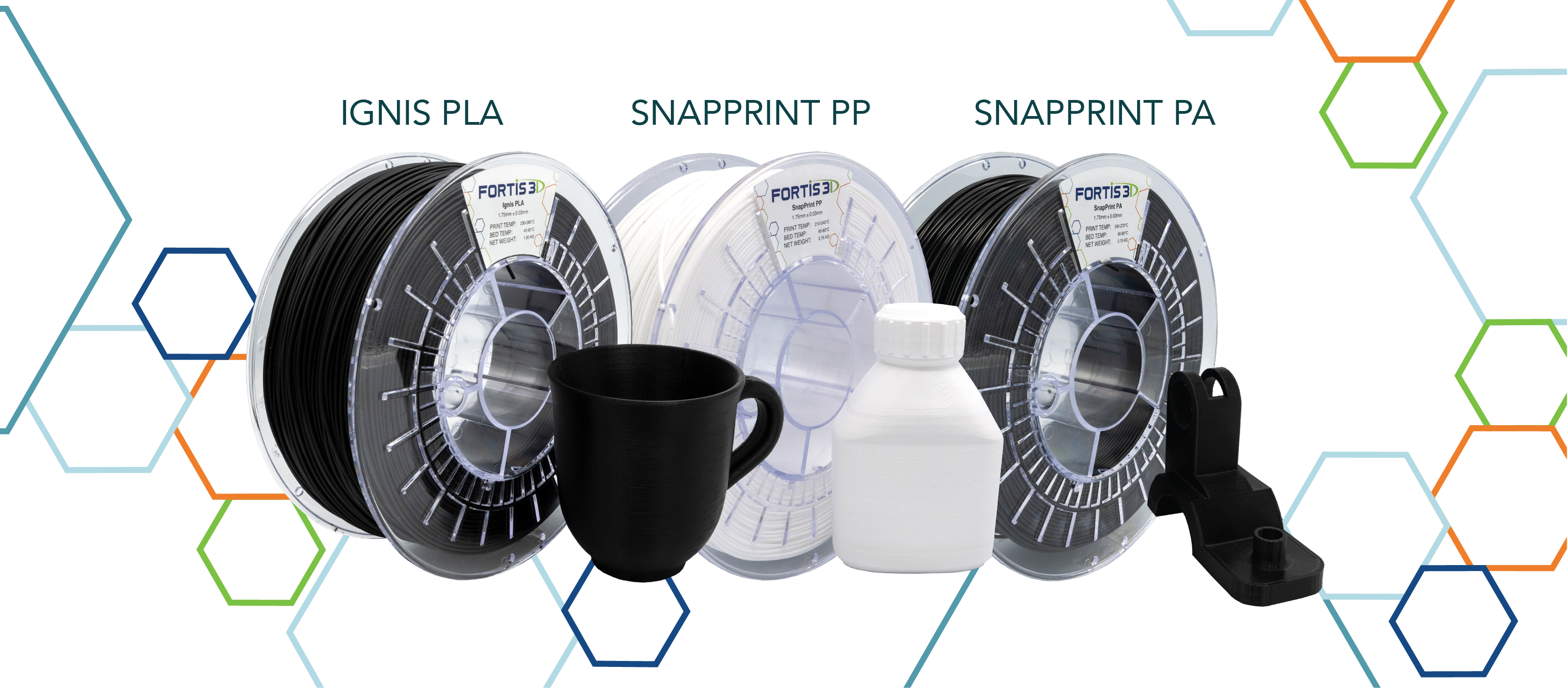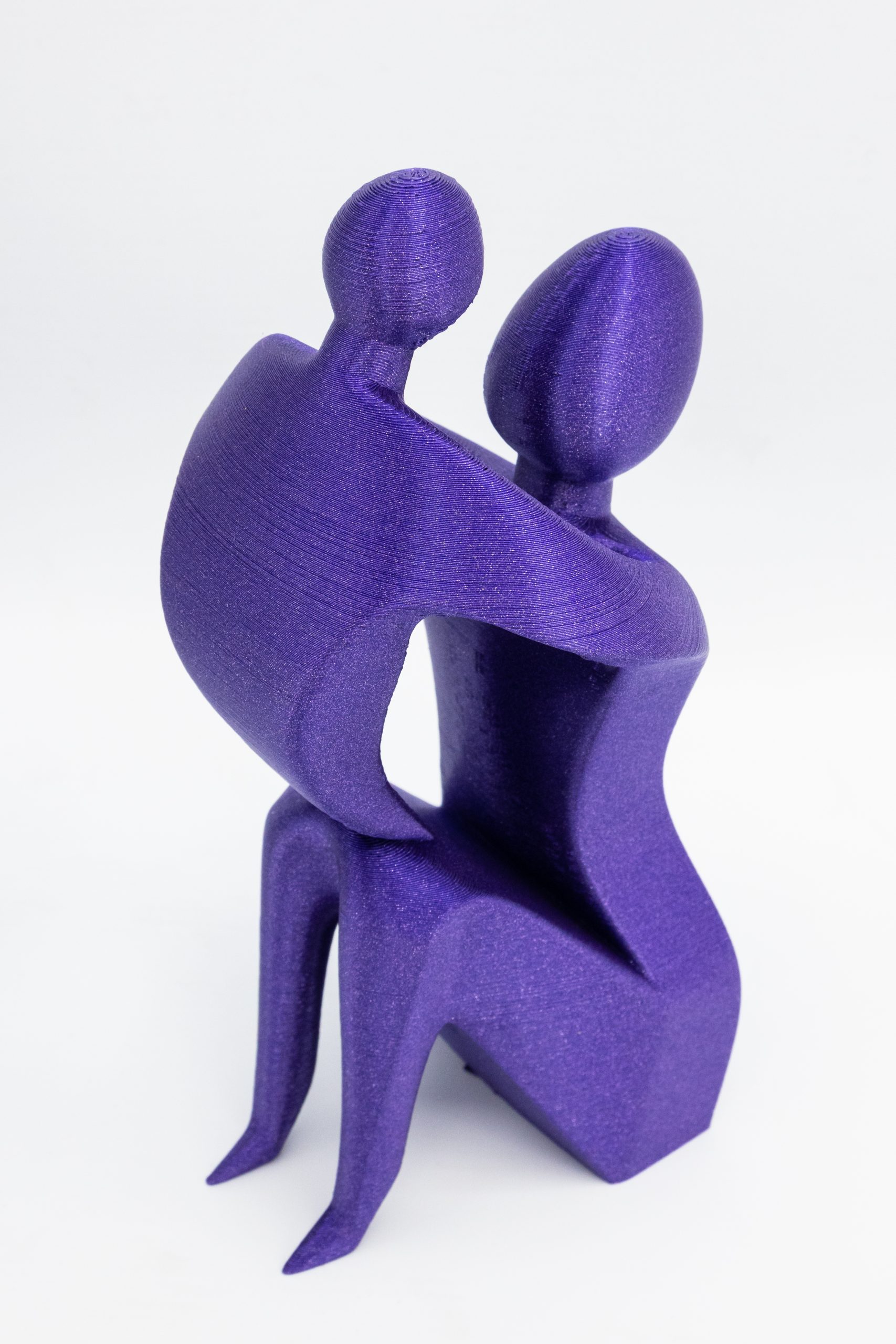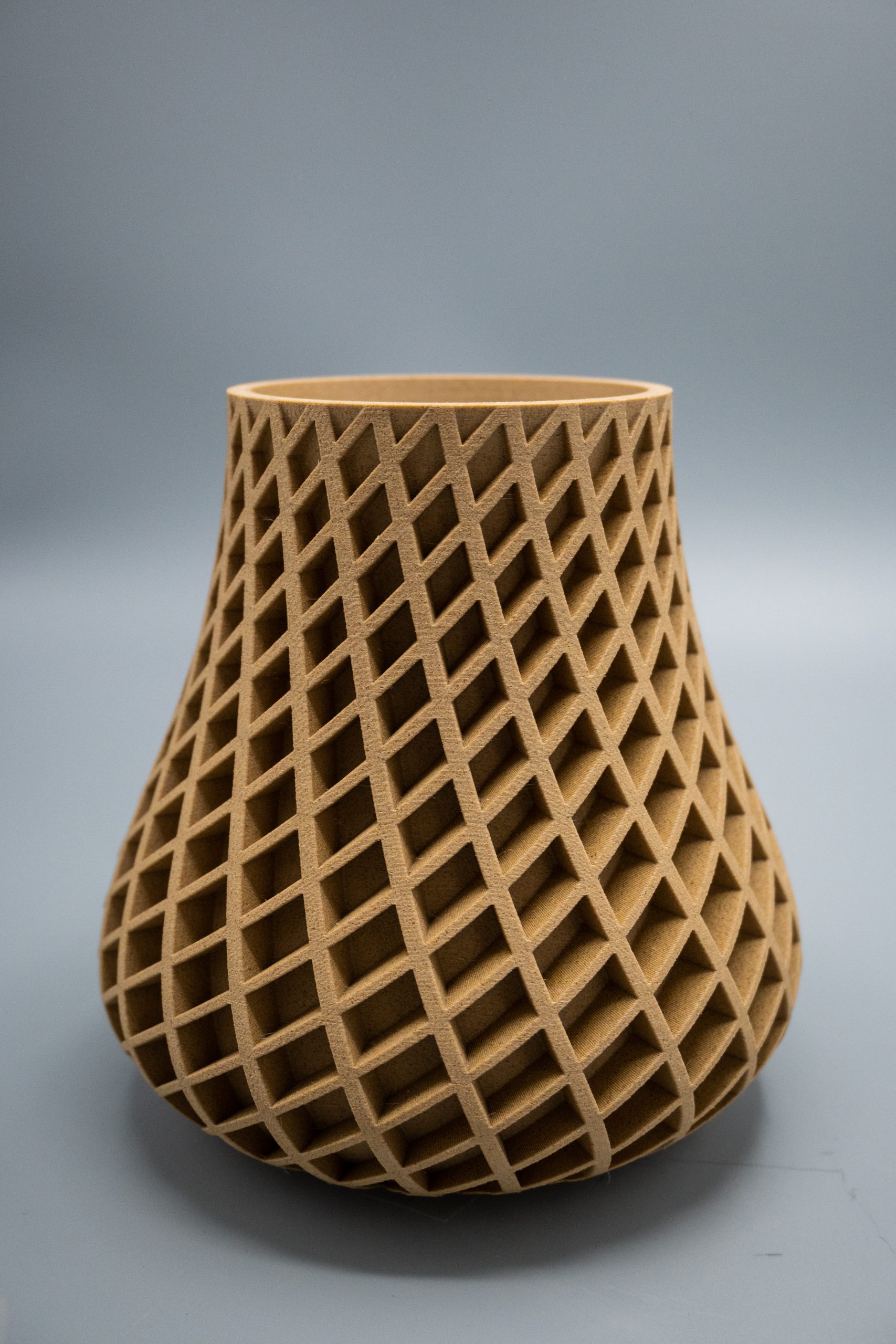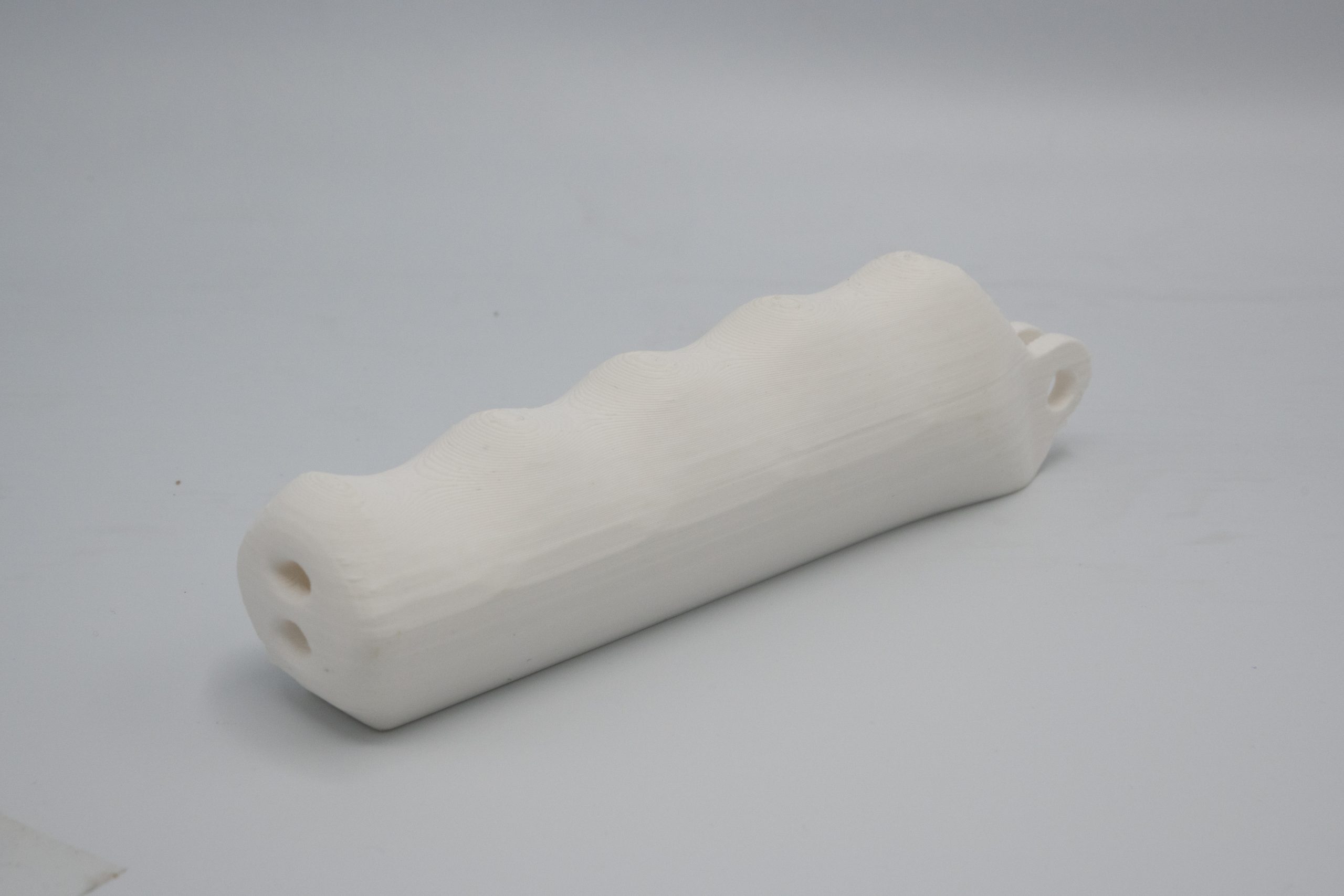Canada-based 3D printing materials start-up Fortis3D is breaking ground within the filament market thanks to its unique portfolio of custom filament formulations and compounds.
Having made its debut earlier this year, the start-up has built up three product lines – Essential, Advanced, and Industrial – to meet the needs of hobbyists, professionals, and industry. The firm sets itself apart from other filament manufacturers with its specialty in custom formulations and compounding, which enables it to modify different resins to have “extraordinary” properties.
“As the 3D printing materials market is maturing, we want to bring value by creating innovative materials and pushing the boundaries of what current materials can do,” said Wayne Lam, Business Development Engineer at Fortis3D.
“We know the market needs more high performance, high quality, and sustainable materials and at Fortis3D that’s what we are striving for as well.”

Innovation in polymer engineering
Based in Ontario, Canada, Fortis3D’s dedicated team of engineers and scientists have a background in polymer chemistry and engineering. The team’s combined expertise is what gives the start-up an edge in the market, allowing the creation of unique filaments by modifying various resins to exhibit a range of superior and desirable properties.
All of Fortis3D’s filament products are based on proprietary formulations developed in-house, while its production facility is ISO9001 certified. The facility also follows Good Manufacturing Practice (GMP), meaning the majority of its filaments are approved by the US Food and Drug Administration (FDA) for food contact.

Advanced filaments for 3D printing
Fortis3D currently has three lines of filament products: Essential, Advanced, and Industrial. All of the firm’s filaments are available in 1.75mm formats, with 2.85mm coming later this year.
The Essential filament range is primarily aimed at hobbyists and makers but can also be used for functional prototyping. For now, the filaments in the product line are all PLA-based, however the start-up is planning to release PETG and TPU in the future.
First in the range is BioDuro PLA, which is engineered to exhibit high toughness while retaining mechanical strength, and can be printed at high temperatures to achieve high elongation before breaking. BioDuro Metallic PLA is based on the same resin, however has added metallic and iridescent effects to deliver high layer lines without the need for post-processing.

Next in the Essential range is Pilates PLA, a flexible filament with a shore hardness of 95A. Unlike some other flexible PLAs on the market, Pilates PLA was made without the use of plasticizers, and is ideal for soft touch or ergonomic grip applications. The product line is rounded off with Lignum PLA, a 25% wood-filled PLA filament that prints smoothly without clogging. According to Fortis3D, printed parts in Lignum PLA smell and feel like wood, and can be sanded and stained to further imitate the material.
The start-up’s Advanced filament range, meanwhile, is geared towards professionals that wish to make functional prototypes and end-use parts. The product line begins with SnapPrint PP, a low warp polypropylene (PP) material that fuses the lightweight, chemical resistance, and other well-known benefits of PP with slight flexibility to offer increased impact resistance.
Second in the range is SnapPrint PA, a low warp polyamide (PA) co-polymer with high strength and elasticity for highly functional applications such as jigs and fixtures. The filament has been engineered to be resistant to water, so even when the nylon becomes wet it can still print smooth parts with little stringing. Fortis3D claims SnapPrint PA is one of the most robust unfilled nylon filaments on the market in terms of its mechanical properties.

The final material in the Advanced range is Ignis PLA, a heat resistant filament with a HDT rating of around 95°C. Unlike other heat resistant PLAs on the market, the filament does not require annealing to achieve high heat resistance, while its excellent mechanical strength and toughness make it well-suited to high-performance applications.
Finally, the firm’s Industrial line is engineered to bring traditional industrial injection molding plastics to the 3D printing market. The filaments in this product line are designed to provide properties as close to injection molding grades as possible, without compromising on printability.
The first filament in the range, Nylon 6, is slated to be released later this year. Nylon 6 is a robust filament with high modulus and ductility that is commonly leveraged for applications in the electronics, appliances, and automotive sectors. The filament’s excellent strength and abrasion and UV resistance make it ideal for producing functional parts for use in high-temperature and demanding environments in terms of wear.

Pursuing growth and innovation
Fortis3D’s novel 3D printing filaments are currently available for purchase in the US and Canada, with the company looking to secure resellers and partners throughout Europe and the Middle East.
Going forwards, the firm is looking to expand into the pellet 3D printing market and plans to bring value to the sector with its expertise in polymer compounding. Additional unannounced products are also under development, with the company urging customers to stay tuned over the coming months.
